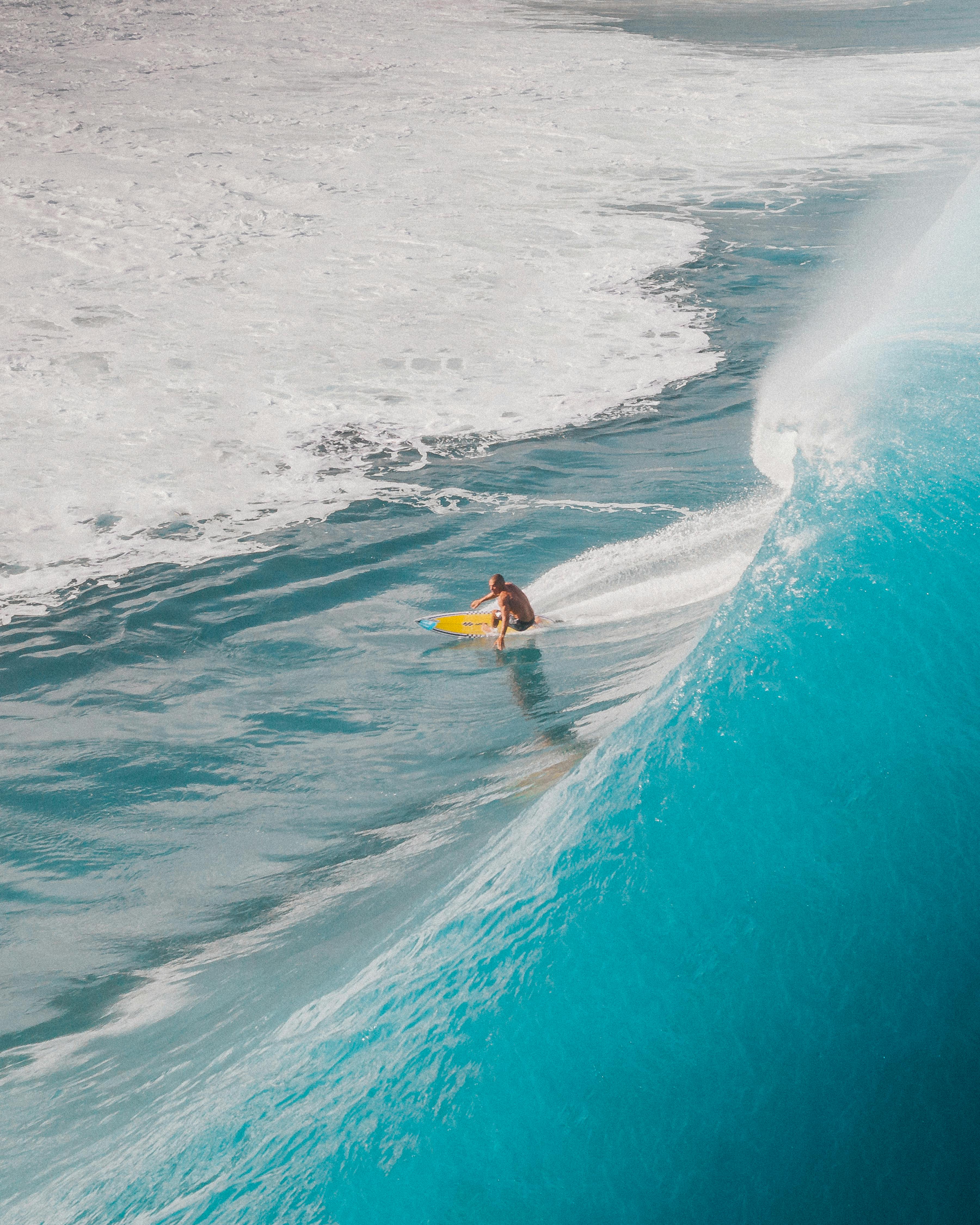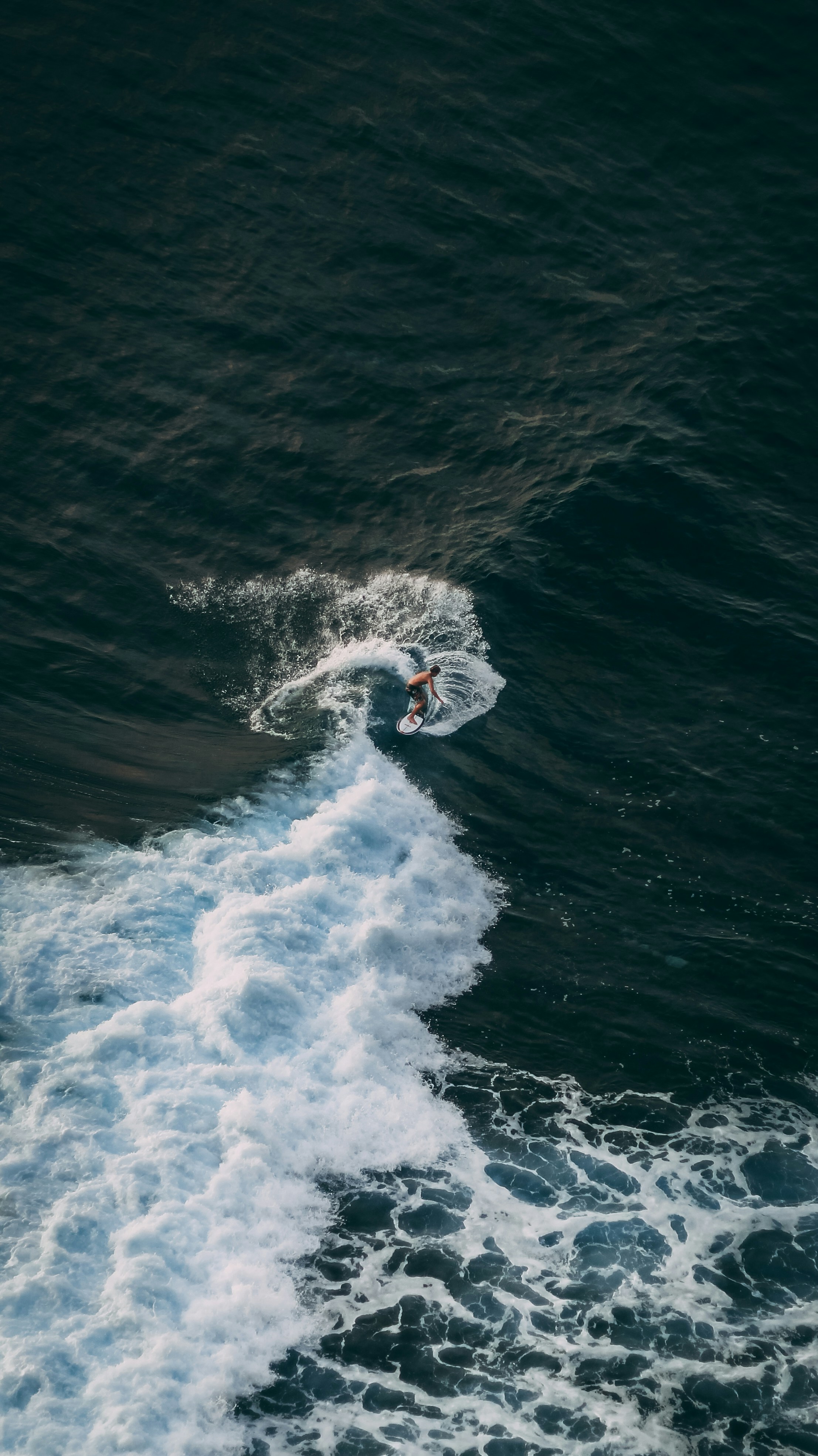How to Surf a Reef Break Without Getting Wrecked
Reef breaks are incredible – consistent, powerful, mechanical.
They’re also intimidating as hell if you don’t know what you’re doing.
Here’s how to approach them smartly, catch more waves, and avoid the most common mistakes that kill confidence and skin.
1. Don’t Chase the Small Ones
Small waves on reefs are a trap.
They:
– Break closer to the inside
– Run too fast
– Push you straight onto the reef
Even worse? They often come before a cleanup set.
So if you paddle for a cute little insider and miss it, you’re now facing the reef with three bigger waves loading up behind it.
2. Paddle Out From the Bottom – Don’t Drop In From the Top
If you’re new to the break, don’t paddle straight to the peak.
Instead, paddle from the bottom of the reef. Why?
– You’ll see where the big, medium, and small waves actually break
– You’ll learn which waves run, which wrap, and which shoulder out
– You’ll stay out of locals’ way and integrate more respectfully
This also gives the crew up top a chance to rotate, so when you arrive, you’re more likely to slot in.
3. Sit on the Bend, Not the Runway
Reefs usually have two key zones:
– Straight reef = fast, barreling sections (better for experienced surfers)
– Reef bends = slower, wrapping sections (ideal for turns and safer takeoffs)
If you’re new or building confidence, sit where the whitewater wraps. It gives you space to move, learn the timing, and link turns without racing the lip.
4. Don’t Paddle for the Shoulder – Paddle for the Peak
Classic mistake: you see a perfect right, get nervous, and paddle wide.
But paddling wide = deeper water = missed wave. Every time.
Instead, swing toward where the wave is breaking, assess the setup (is anyone inside? Is it makeable?), then paddle in with control.
5. Reset Often
If you’re stuck, paddle in and reset.
– Get one on the inside
– Rebuild confidence
– Watch how the line-up is moving
Waiting too long for the “perfect” wave only increases fear, overthinking, and panic paddling. A quick one can reset your whole session.
6. Watch the Bottom – Not Just the Lip
Waves only break when the bottom hits the reef.
So if you’re watching the lip or chasing swell out in deep water, you’re always late.
Read the reef.
Know where the bottom bends. That’s where waves actually start.
Related Reading:
→ How Waves Really Work – Spiral energy, reef dynamics, and how to surf the lift
→ Fix Your Takeoff Timing – Still getting caught behind? This is probably why.








